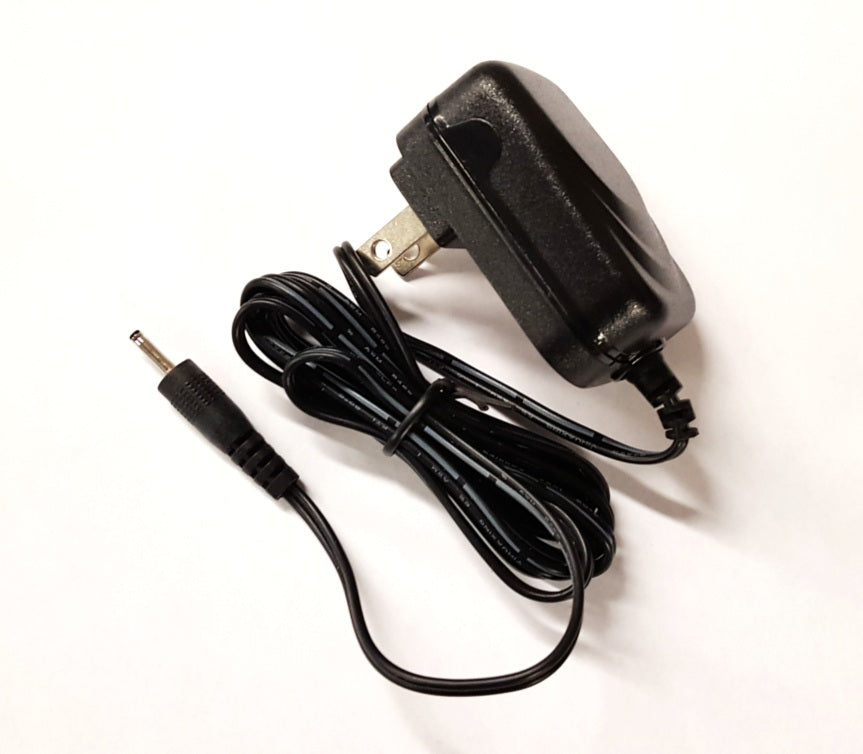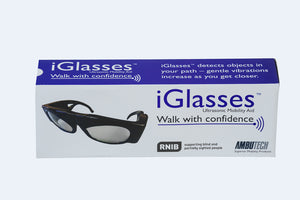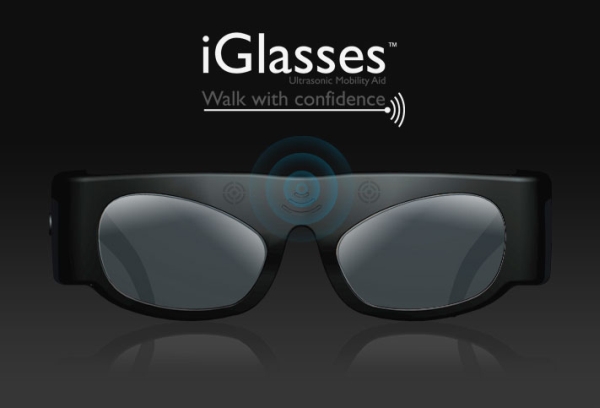
For example, when the vest senses a dog in the wearer's lower left field of view, vibrators on the lower left part of the vest (as viewed by the wearer) will activate. When the sensors detect an object, their signals will be converted into vibrations in a corresponding part of the vest. The vest will have different types of sensors, including lidar, a laser-based system used in driverless cars ultrasound, a type of high-pitched sound used by bats and other animals for echolocation and infrared, a type of electromagnetic radiation used by some animals to detect body heat from their prey. The device could be used not only by the blind, but also by law enforcement, rescue workers and others who work in visually obscured environments. Rizzo himself is legally blind due to a condition known as choroideremia, a rare retinal degenerative disease that causes progressive vision loss. The Eyeronman vest is built on the same concept as the iGlasses, but will provide much more detailed information because it has many more sensors and vibrators, Rizzo told Live Science. The eyewear contains an ultrasound sensor that causes the frames to vibrate when objects are detected in the wearer's path. I also got to try on a pair of vibrating glasses, called iGlasses, made by the Canadian company AmbuTech. Ultimately, the sensors and the vibrating devices will be combined in a single piece of clothing, the team said.

They also had a T-shirt equipped with sensors that would light up LEDs on the front of the vest (as a stand-in for the vibrating devices) when a person or object moved in front of them.


Rizzo, a rehabilitation doctor at NYU Langone Medical Center and the founder and chief medical adviser of Tactile Navigation Tools.Īt the event, I got to try on a prototype of the vibrating vest, which was sprouting wires and electronics and looked a bit like something out of a mad science lab. "I want to build a tool that can actually get people to walk around crowded environments" without assistance, said Dr.


 0 kommentar(er)
0 kommentar(er)
